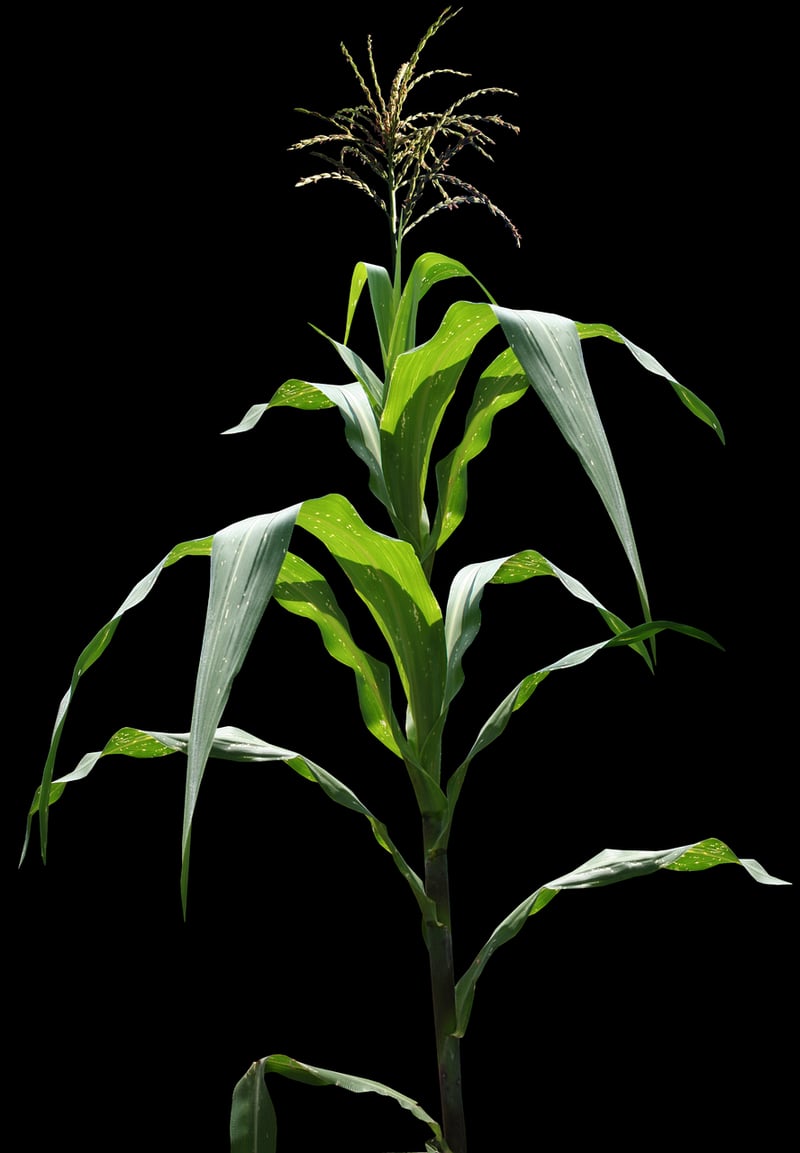Companion Planting
Protecting Your Plants with Companion Planting

The Power of Companion Planting
Companion planting is a gardening technique that involves planting different types of plants close to each other to achieve benefits such as pest control, improved growth, and enhanced flavor. By carefully selecting plant combinations, you can create a natural ecosystem that helps your plants thrive.
Protecting Your Plants Naturally
One of the key advantages of companion planting is natural pest control. Certain plants can repel pests or attract beneficial insects that prey on harmful bugs. For example, planting marigolds alongside tomatoes can help deter nematodes, while growing basil near tomatoes can improve their flavor and repel pests like aphids.
Complementing Plant Growth
Companion planting isn't just about pest control; it can also enhance plant growth. Some plants have symbiotic relationships that benefit each other when planted together. For instance, planting beans near corn can help provide nitrogen to the soil, promoting healthier growth for both plants.
Creating a Balanced Ecosystem
By diversifying your garden with companion plants, you can create a balanced ecosystem that mimics nature. This can lead to reduced reliance on pesticides and chemical fertilizers, making your garden more sustainable and environmentally friendly.
Get Started with Companion Planting
If you're new to companion planting, start by researching plant combinations that work well together in your climate and soil conditions. Consider factors such as sunlight requirements, water needs, and growth habits to create harmonious plant groupings.
Happy Planting!
With the power of companion planting, you can protect your plants, promote natural growth, and create a vibrant garden ecosystem. Experiment with different plant combinations and watch your garden flourish with health and vitality!
For more information on companion planting, check out The Old Farmer's Almanac Companion Planting Guide.
